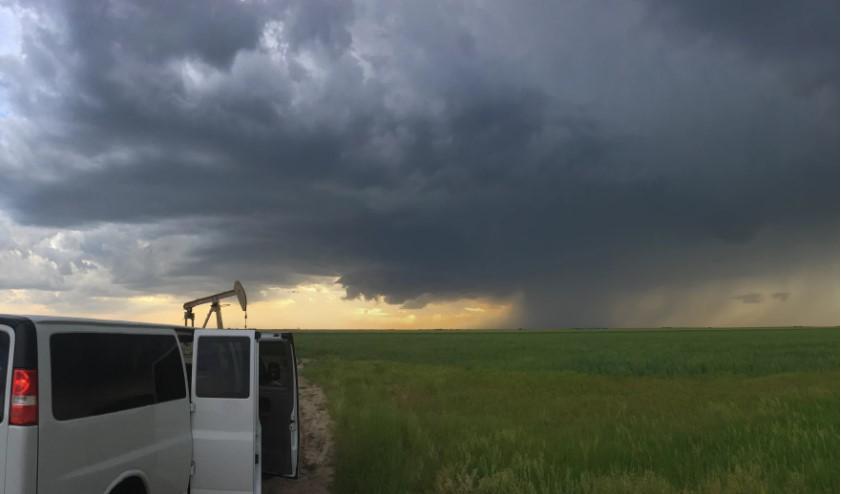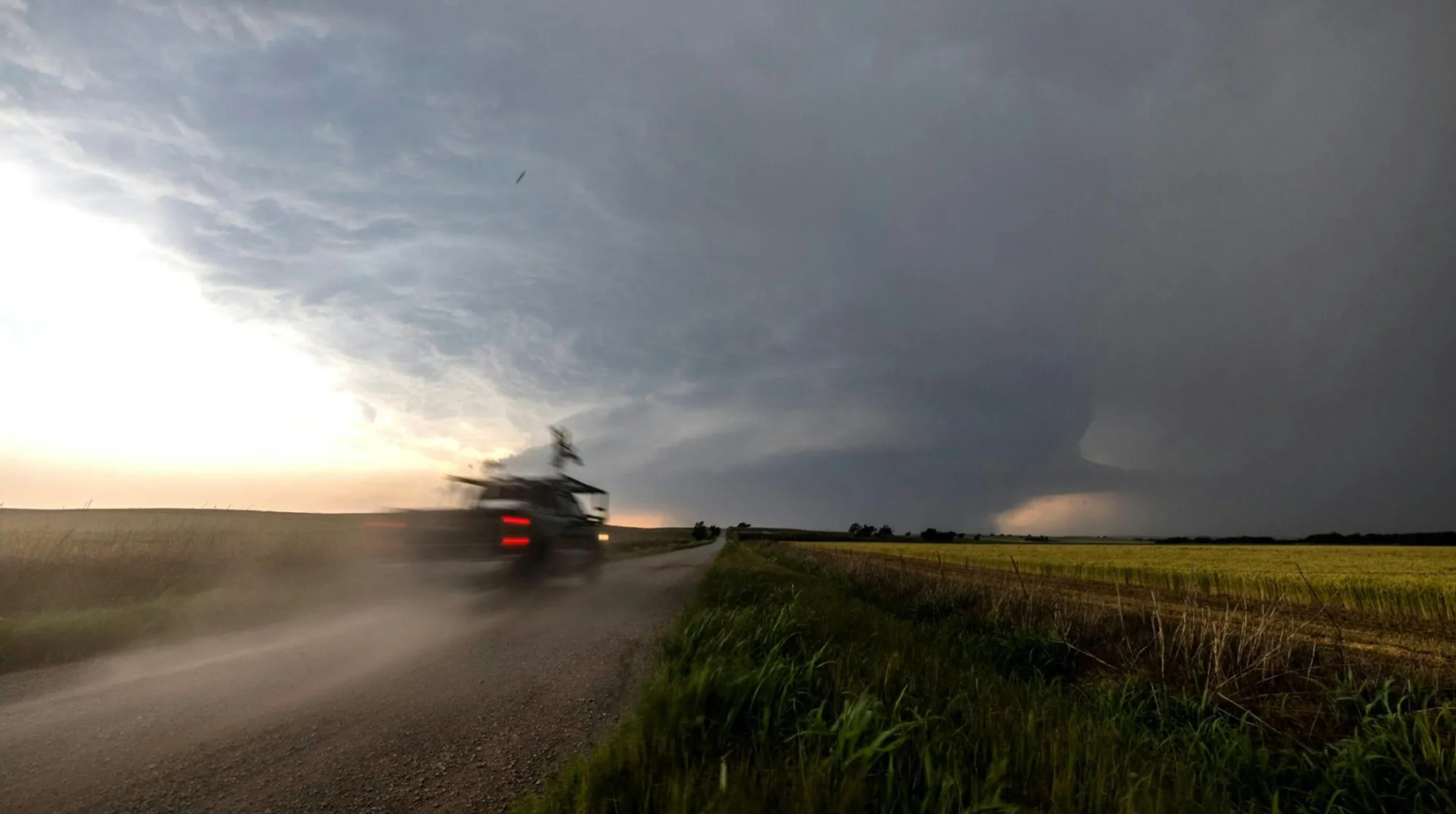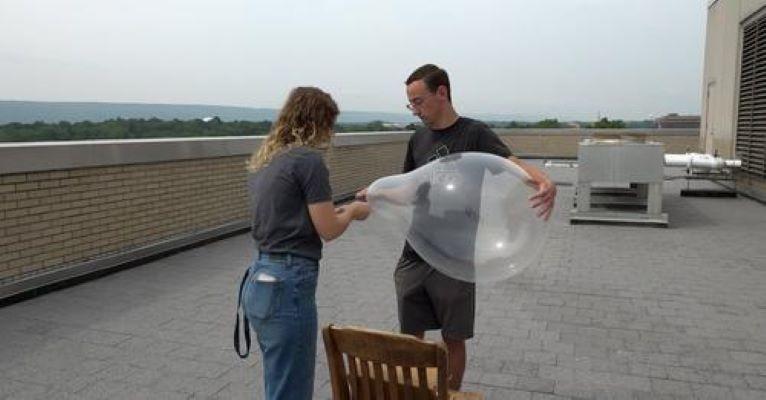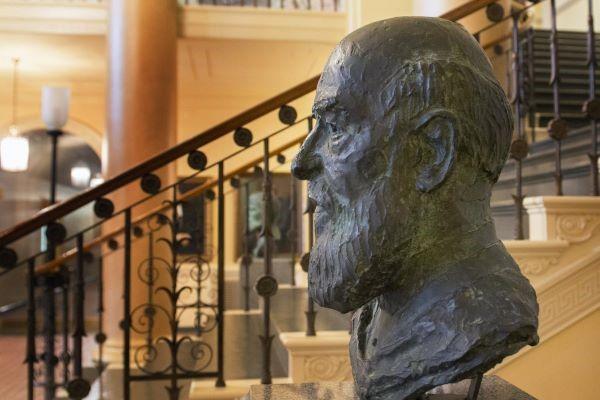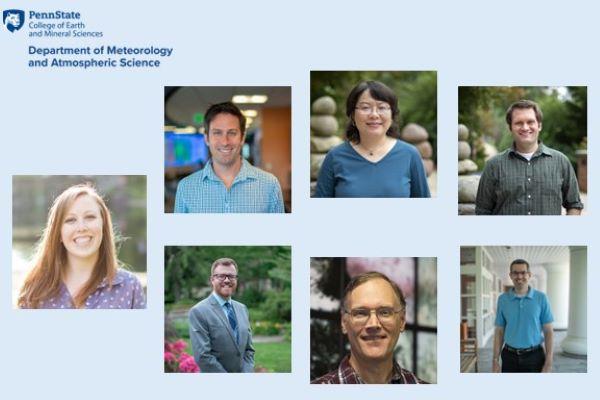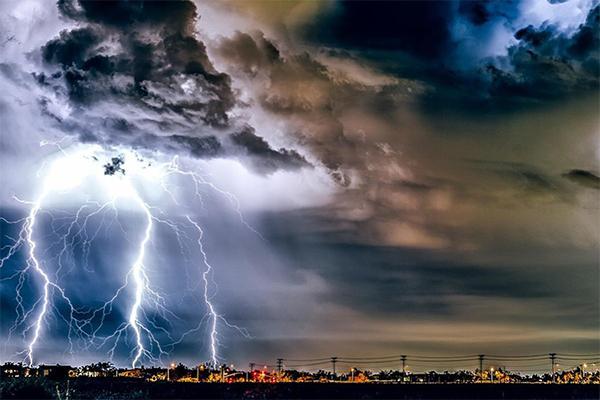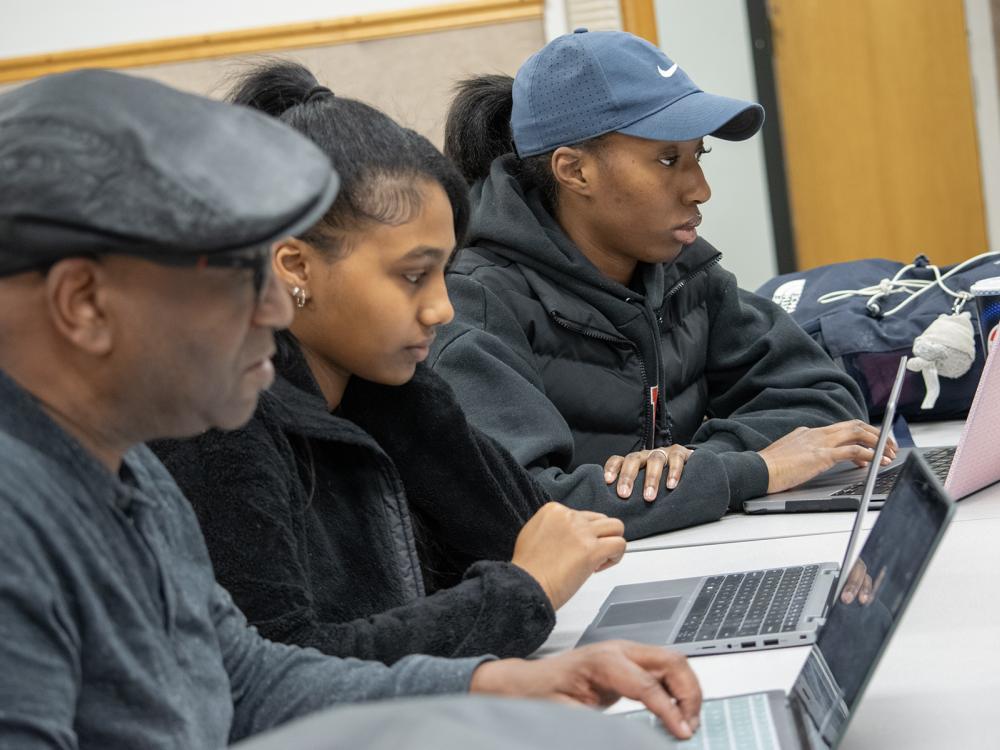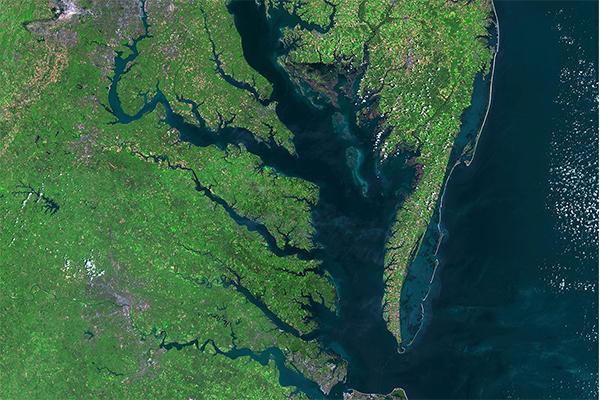As the movie "Twisters" enjoys a whirlwind of success at the box office, two Penn State meteorologists and storm chasers talk about the science in the movie and their own experience in the field.
A short article written by Drs. Yvette Richardson and Paul Markowski for The Conversation discusses what scientific storm chasing is really all about.
It’s a chance for students to see what they’re learning in classrooms and textbooks taking place before their eyes and in the skies.
A group of Penn State researchers, led by Dr. David Stensrud, have been able to learn more about an important layer of the atmosphere by using readily-available data from radars.
The Big Ten Academic Alliance's (BTAA) Department Executive Officers (DEO) program has gained five additional fellows from the Penn State ranks; among them is Distinguished Professor and head of the Department of Meteorology and Atmospheric Science, Paul Markowski. The BTAA is the academic consortium of the Big Ten universities and the United States’ preeminent model for effective collaboration among research universities.
Liu is an integrated undergraduate-graduate student who is pursuing both a bachelor of landscape architecture and a bachelor of science in meteorology and atmospheric science. This is the highest award for landscape architecture students.
Join us in congratulating our faculty on their promotions! Melissa Gervais - Associate Professor, Matt Kumjian - Professor, Ying Pan - Associate Professor, Colin Zarzycki - Associate Professor, Rob Lydick - Assistant Teaching Professor, Art Person - Associate Research Professor, and Steve Seman - Associate Teaching Professor
Researchers at Penn State are part of a multi-university team selected to receive $6.6 million in recommended funding from the National Oceanic and Atmospheric Administration (NOAA). The group will establish a new multi-university data assimilation consortium to improve weather forecasts using enhanced numerical weather prediction systems.
Mane Khachatryan, a second-year biology major at Penn State Harrisburg, said she didn’t really get to delve into science until she came to college. So when she heard about EnvironMentors — a program that helps expose high school students to STEM — she jumped at the chance to help younger students explore the field. “I wish I had opportunities like this in high school,” she said.
Penn State researchers were recently awarded funding from the U.S. National Science Foundation to develop a new coupled watershed-estuary model that simulates the transport and fate of major salt ions.


